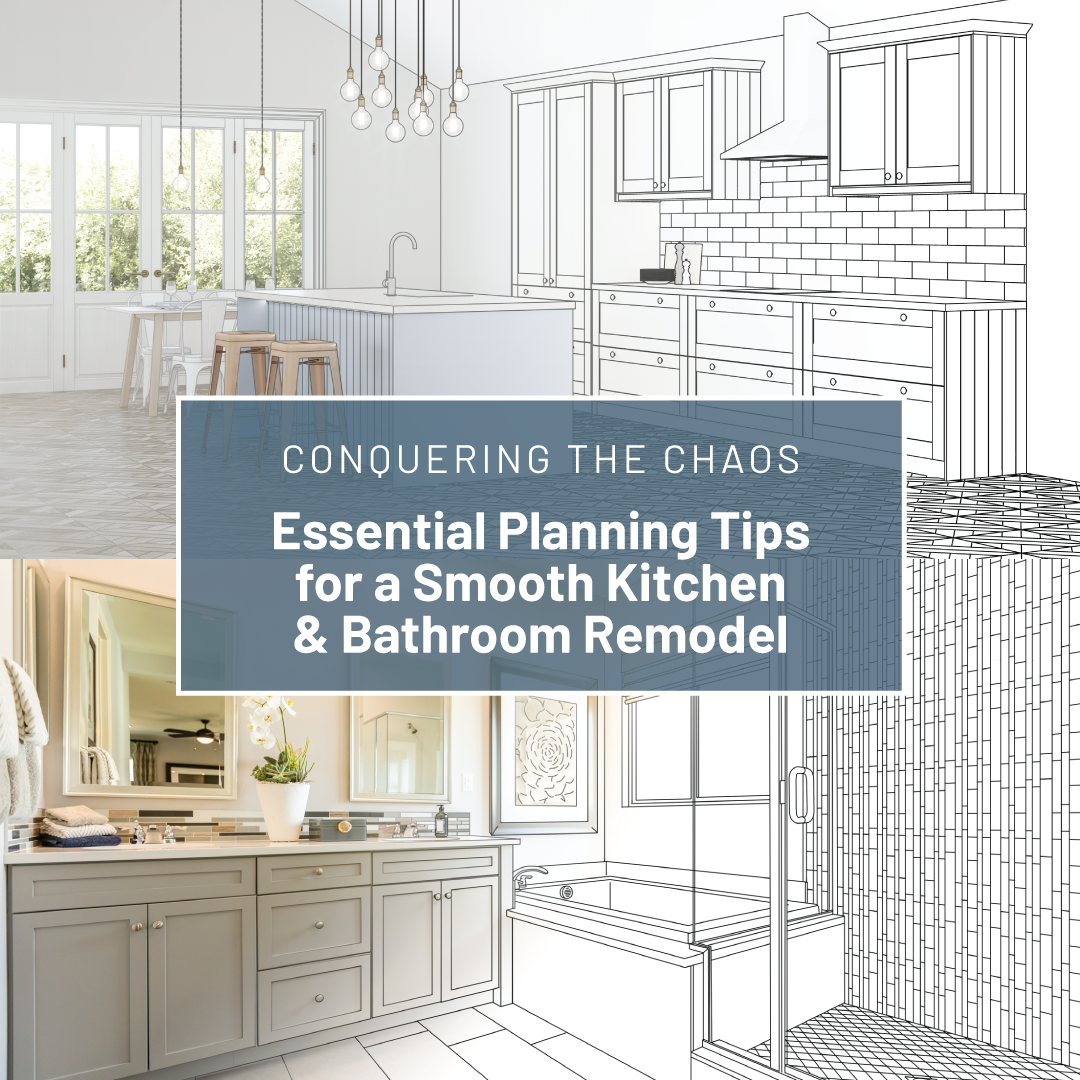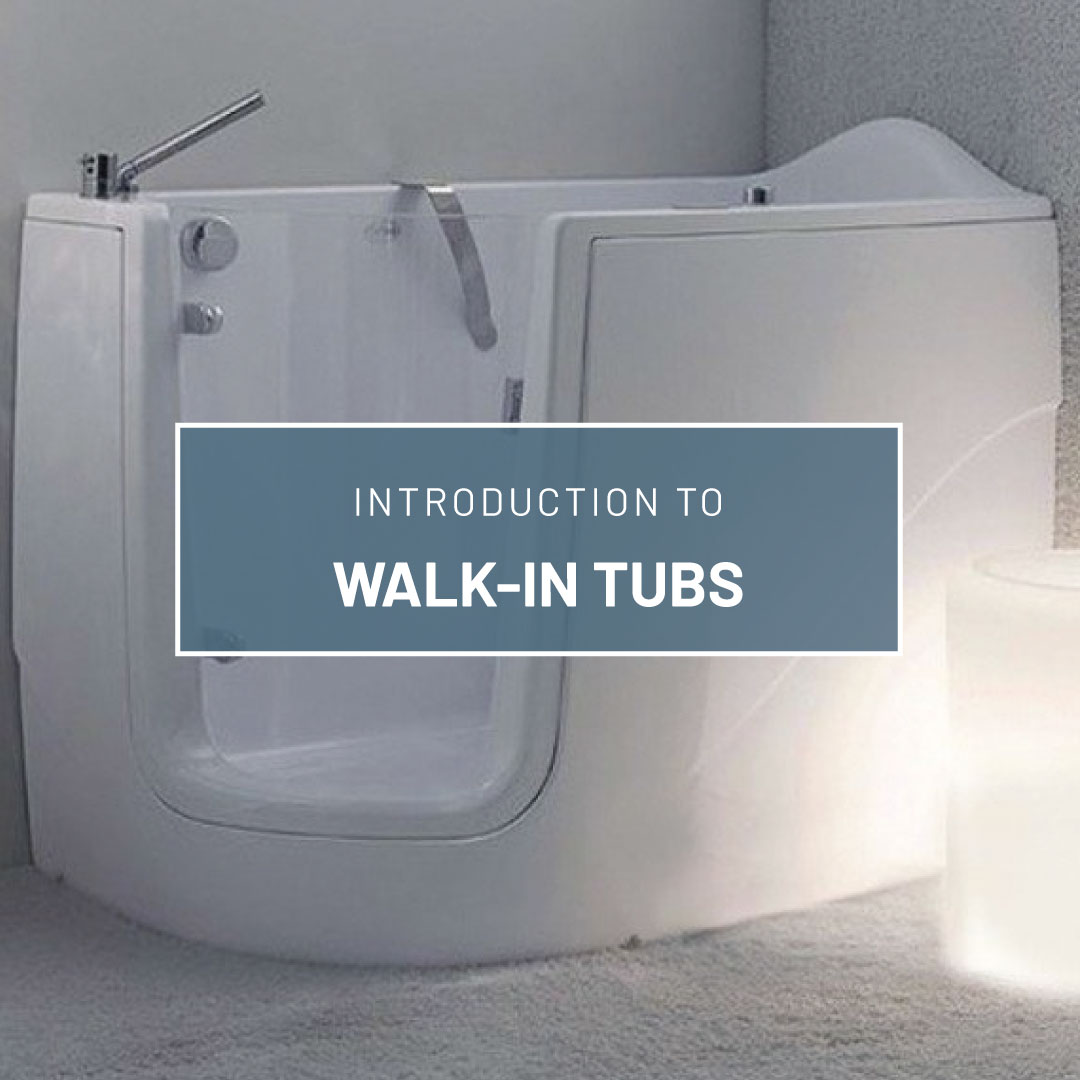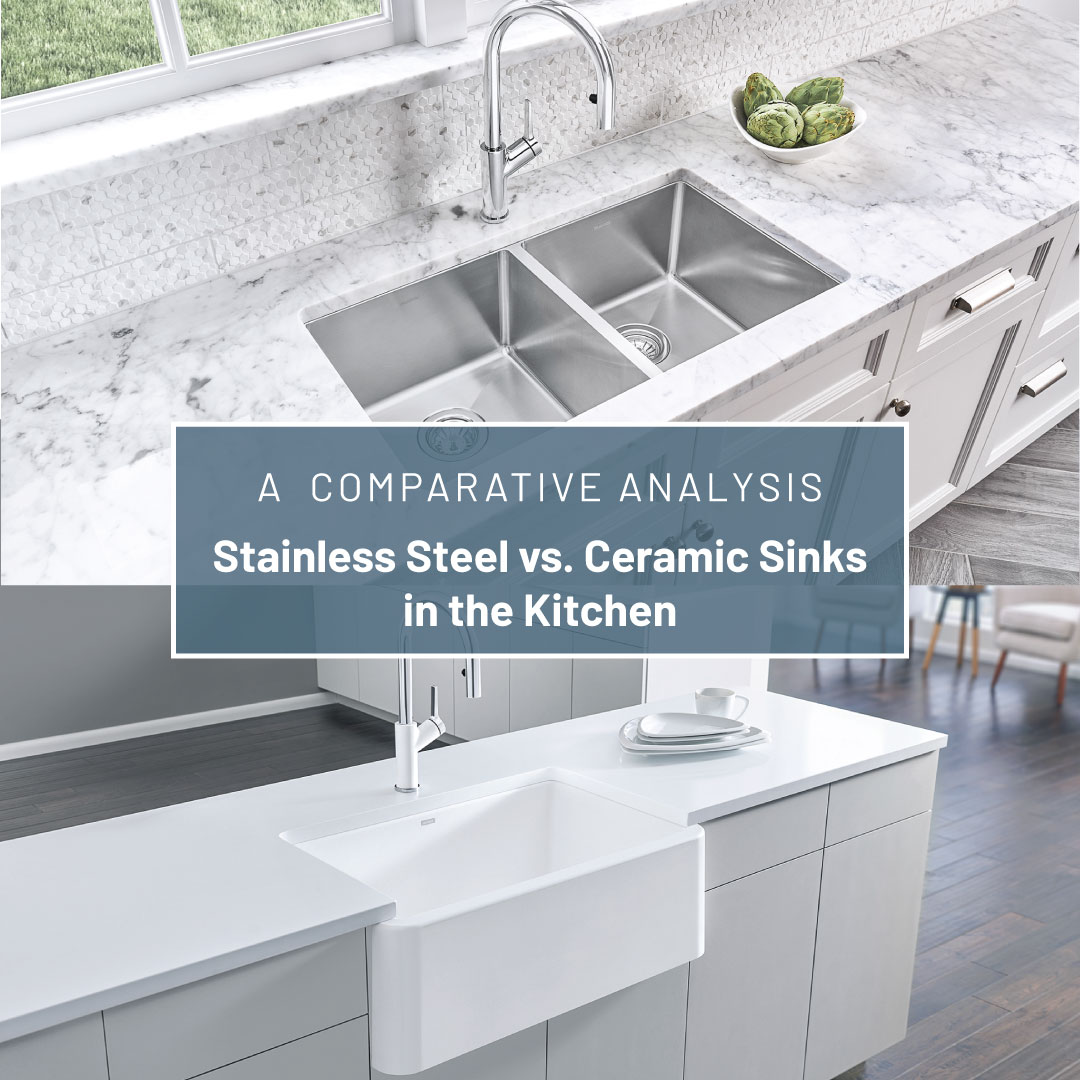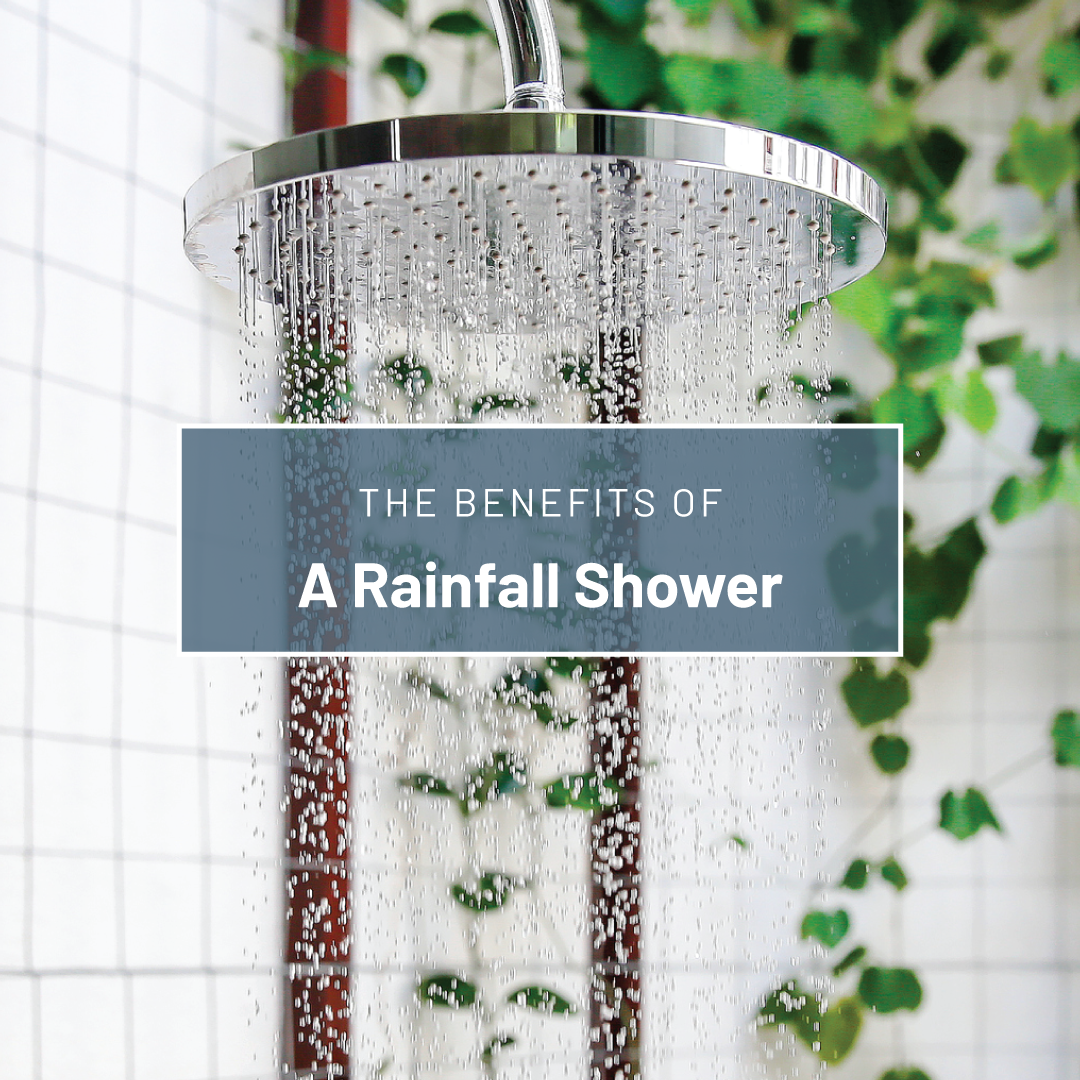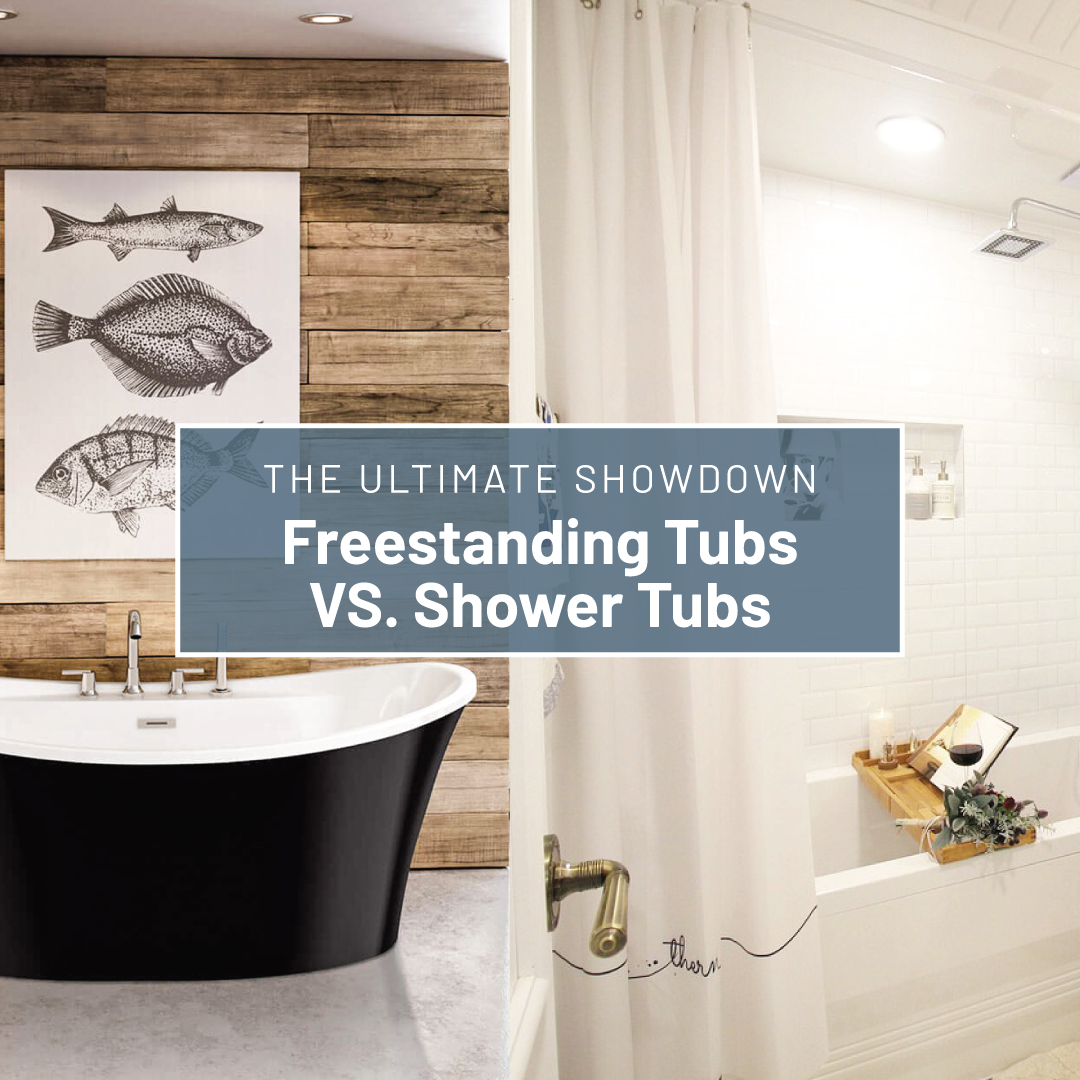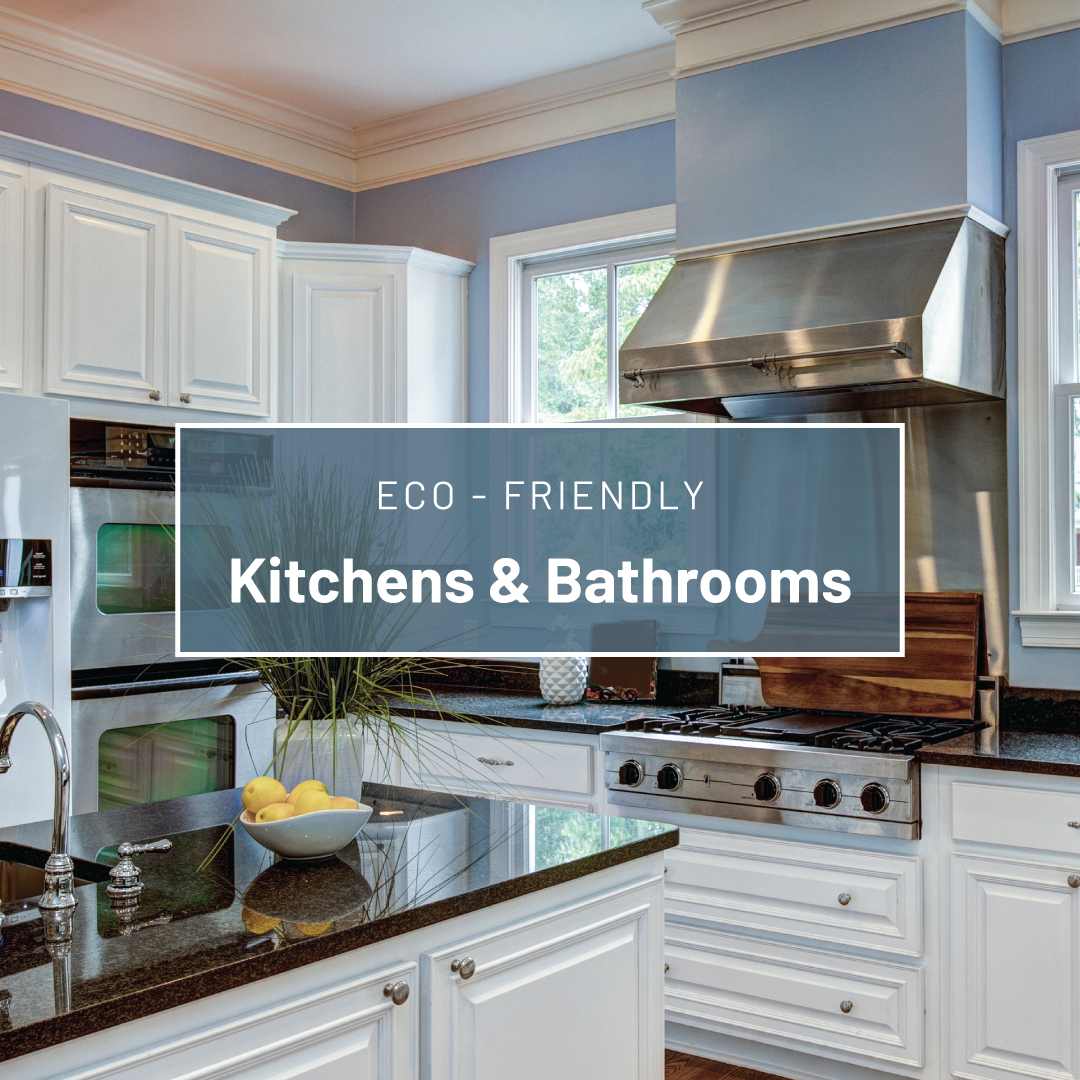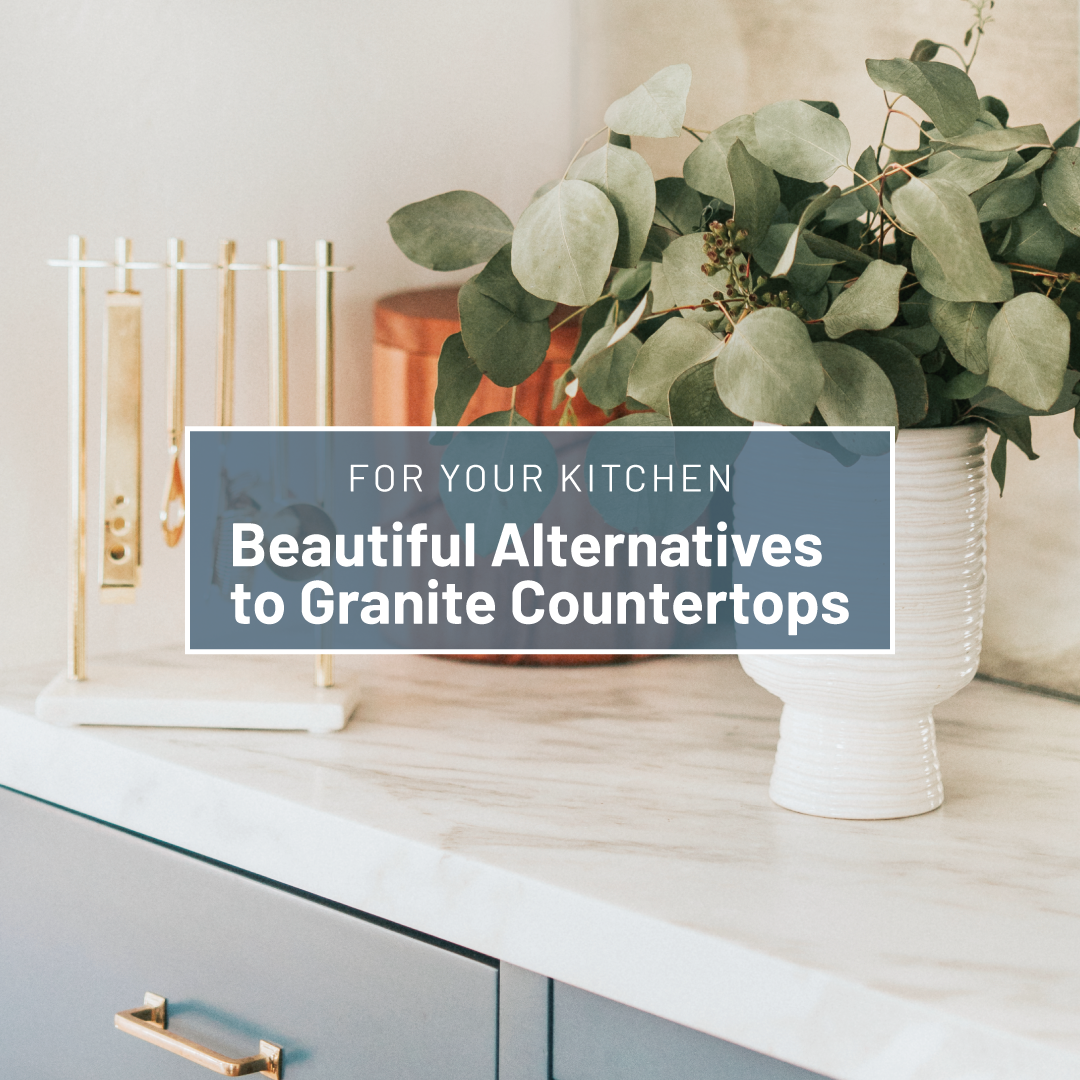

Conquering the Chaos: Essential Planning Tips for a Smooth Kitchen and Bathroom Remodel
Kitchen and bathroom remodels are exciting ventures, breathing new life into the most functional spaces in your home. But amidst the inspiration boards and dream fixtures, meticulous planning is paramount. Without a solid foundation, your dream renovation can quickly morph into a stressful, budget-busting ordeal. Fear not, intrepid renovator! This guide will equip you with the essential planning tips to navigate the pre-construction phase with confidence.
Step 1: Charting Your Course – Define Your Needs and Budget
Before diving headfirst into Pinterest boards, take a deep breath and assess your needs. How do you use your kitchen and bathroom currently? What are the pain points you want to address? Is it a lack of storage, outdated fixtures, or inefficient layout? Jot down these needs and prioritize them. This will guide your design choices and ensure the remodel enhances your lifestyle.
Next, comes the not-so-glamorous but crucial aspect – budgeting. Be realistic! Research average costs for materials, labour, and permits in your area. Factor in potential overruns (experts recommend budgeting 10-20% extra).
Step 2: The Art of the Timeline – Scheduling Success
Once you have a budget in mind, establish a realistic timeline. Discuss this with potential contractors, considering factors like lead times for materials and the complexity of your project. Here’s a breakdown of a typical remodel timeline:
- Planning & Design (2-4 weeks): Finalize details such as layout, materials, and fixtures.
- Permitting (4-8 weeks): Secure necessary permits from your local building department.
- Demolition & Construction (4-12 weeks +): This timeframe can vary greatly depending on the scope of your project.
- Final Touches (1-2 weeks): Installation of fixtures, painting, and cleaning.
Pro Tip: While the contractor leads the construction process, stay involved. Schedule regular check-ins to monitor progress and address any concerns promptly.
Step 3: Finding Your Perfect Match – Selecting the Right Contractor
Choosing the right contractor is akin to finding a trusted friend for your project. Here’s how to ensure a successful partnership:
- Get Recommendations: Seek referrals from friends, family, or neighbours who have recently undertaken similar projects.
- Check Credentials: Verify licensing, insurance, and worker’s compensation coverage.
- Interview & Compare: Talk to at least 3 contractors. Discuss your vision, budget, and timeline. Ask about their experience with similar projects and references.
- Request Detailed Quotes: Obtain detailed quotes outlining the scope of work, materials, labor costs, and payment schedule.
Beyond the Basics: Additional Planning Gems
- Embrace the Power of Inspiration: Collect inspiration from magazines, online resources, and showrooms. However, remember to tailor these ideas to your specific space and budget.
- Temporary Housing: Consider the duration of the remodel and the potential need for temporary housing, especially for bathroom renovations.
- Communicate Clearly: Maintain open communication with your contractor throughout the project. Discuss any changes promptly and get everything in writing.
Remember: A well-planned kitchen and bathroom remodel is an investment that adds value to your home and enhances your daily life. By following these essential planning tips, you can transform your vision into a reality, conquering the chaos and creating a space you’ll love for years to come.


